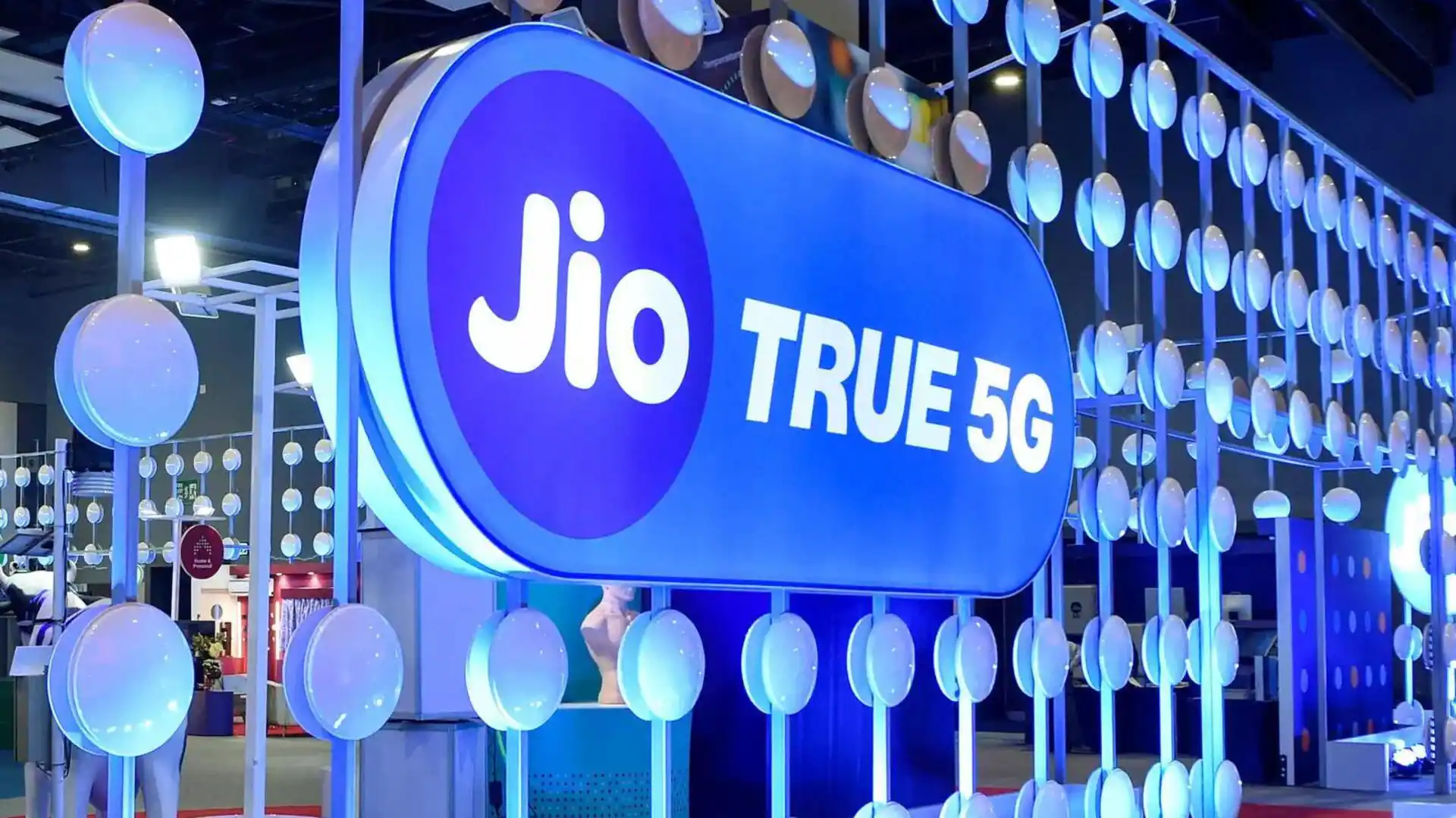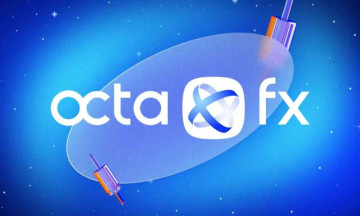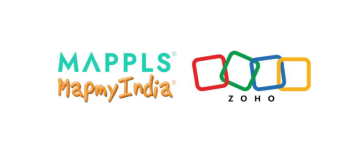Reliance Jio Infocomm Ltd., India’s largest telecom operator by market share, has confirmed that it has no immediate plans to raise mobile tariffs, contrary to market speculation. Instead, the company aims to drive revenue growth by increasing data usage and user spending, signaling a strategic shift toward deeper consumer engagement rather than short-term price increases.
This decision marks a key development in India’s fiercely competitive telecom sector, especially as peers like Bharti Airtel and Vodafone Idea continue to advocate for tariff hikes to improve profitability.

Jio’s Focus: More Data, Not Higher Tariffs
According to the company, the current plan is to encourage subscribers to use more data and willingly spend more — without an immediate rise in tariff rates. Reliance Jio’s Head of Strategy, Anshuman Thakur, reaffirmed this stance during the Q2 FY26 earnings call, saying,
“We are nudging consumers to consume more and happily pay more, but no immediate plans for the tariff (hike).”
This approach defies market expectations that the company would soon increase prices after scrapping entry-level recharge plans earlier this year — a move widely interpreted as a prelude to higher tariffs.
ARPU Climbs to ₹211.4 Amid Strong Data Demand
Reliance Jio’s Average Revenue Per User (ARPU) — a critical metric reflecting revenue earned per subscriber — rose 1.2% sequentially to ₹211.4 in the September quarter, up from ₹208.8 in June 2024. This increase was driven by higher data consumption and changing plan preferences, though analysts say the growth rate has slowed due to ongoing promotional 5G offers.
Analysts had expected Jio to follow Bharti Airtel’s lead by hiking tariffs and focusing on premium offerings. Airtel, which had an ARPU of ₹250 at the end of June 2024, remains the industry leader on this front. Airtel’s September quarter results are yet to be released.
Nonetheless, Jio’s consistent ARPU growth underscores the success of its data-centric strategy. The gains are largely attributed to users switching to shorter-duration plans, consuming more mobile data, and recharging more frequently — a combination that boosts per-user earnings even without a formal tariff increase.
Subscriber Base Surges Past 506 Million
Reliance Jio continues to expand its already dominant user base. The company added 8.3 million subscribers in the September 2024 quarter, bringing its total mobile user count to 506.4 million. This reinforces Jio’s position as India’s largest telecom provider, with a market share exceeding 38%.
Equally significant is Jio’s rapid penetration in the 5G space. As of September, the company had 234 million 5G users, up from 213 million in June. In fact, half of Jio’s total wireless traffic now comes from 5G connections — a clear indicator of India’s accelerating shift toward next-generation mobile technology.
The surge in 5G adoption not only strengthens Jio’s technological edge but also provides fertile ground for its long-term monetization strategy through high-speed data services and premium digital experiences.
Recent Tariff Trends: A Mixed Industry Picture
The telecom industry had last implemented a tariff hike in July 2024, after a gap of more than two years. During that round, Reliance Jio led with a 12–25% price increase, followed by Airtel and Vodafone Idea.
Since then, the sector has been anticipating another upward revision, particularly with operators facing rising spectrum costs and capital expenditures related to 5G rollouts.
However, Jio has maintained public silence on further price hikes, in contrast to its rivals. Both Airtel and Vodafone Idea have been vocal about the need for higher tariffs to improve their Return on Capital Employed (RoCE) — a key indicator of profitability and operational efficiency.
Earlier this month, Gopal Vittal, Managing Director and Vice Chairman of Bharti Airtel, emphasized the challenge of sustaining operations at low margins.
He stated that the company continues to operate with the lowest ARPU and the lowest cost per gigabyte globally, making tariff rationalization inevitable. Vittal has consistently argued for a pricing structure that better reflects data consumption trends, possibly by limiting data allotments on low-cost packs.
Jio’s Strategic Reshuffle: Fewer Annual Plans, More Frequent Recharges
In recent months, Reliance Jio and Bharti Airtel both withdrew their 1GB-per-day entry-level plans, encouraging users to migrate to higher-value options. This change not only nudges consumers toward richer data packages but also enhances average revenue metrics across the board.
Jio has also trimmed its portfolio of long-term annual plans, which had previously dampened ARPU due to less frequent recharges. The company’s current focus on short- and medium-term validity plans prompts subscribers to recharge more often, creating a steady revenue stream and reinforcing customer engagement.
This subtle restructuring of plan offerings is part of Jio’s broader playbook to increase user activity and data consumption — outcomes that support sustained ARPU growth even without a headline tariff hike.
Analyst Perspective: ARPU Growth Could Reach ₹214 by March 2026
A report by JP Morgan suggests that if Jio maintains current tariff levels, its year-on-year ARPU growth for the March 2026 quarter could be around 4%, reaching approximately ₹214 per subscriber.
The investment bank also noted that market participants still expect a Jio tariff hike ahead of the company’s much-anticipated Initial Public Offering (IPO), which could take place by June 2026. Such a move, analysts believe, would boost Jio’s financial metrics ahead of the listing and appeal to investors seeking long-term stability.
However, for now, Jio appears to be prioritizing subscriber retention and user growth over short-term profitability. The rationale is clear — maintaining affordability while increasing data usage keeps the customer base expanding and strengthens Jio’s competitive moat in India’s price-sensitive market.
Balancing Profitability with Growth
While a tariff hike might have improved near-term profitability, Jio’s leadership seems intent on taking a longer view. The company’s strategy revolves around deepening user engagement and enhancing data-driven monetization rather than relying on price increases.
This aligns with Jio’s broader ambition to consolidate its leadership in India’s telecom and digital ecosystem ahead of its potential public listing.
With over 38% market share, Jio continues to outperform both Bharti Airtel and Vodafone Idea — not just in subscriber numbers but also in 5G adoption and infrastructure rollout. The operator’s continued investment in next-gen technologies, including JioAICloud — its artificial intelligence-based cloud platform for enterprise and computing solutions — underlines its long-term digital transformation agenda.
Consumers to Benefit as Prices Stay Stable
For Indian mobile users, Jio’s decision brings some relief. Despite industry-wide cost pressures and growing capital investments in 5G infrastructure, consumers won’t face any immediate rise in mobile plan prices.
Instead, the focus will be on expanding data usage, improving network quality, and introducing new digital services that encourage voluntary spending rather than forced price increases.
Industry experts say this could also spark a positive ripple effect, with rivals likely to hold off on tariff hikes in the short term to avoid customer churn. As a result, the current competitive equilibrium in India’s telecom market may continue through at least the next few quarters.
Outlook: Sustaining Growth Through Innovation and Data
Reliance Jio’s current stance suggests a measured and data-driven approach to growth. The operator appears confident that its expanding 5G network, rising user base, and increasing data consumption will generate sustainable revenue without the need for immediate tariff revisions.
The company’s recent quarterly performance supports this outlook — steady ARPU gains, robust subscriber additions, and strong traction in high-speed connectivity underscore Jio’s resilience and adaptability in a volatile market.
As Jio continues to invest in cutting-edge technologies and expand its suite of digital and enterprise offerings, it remains positioned at the heart of India’s telecom revolution — driving connectivity, innovation, and economic inclusion at unprecedented scale.
Bottom Line
Reliance Jio has made it clear: no tariff hike is coming soon. Instead, the telecom giant is betting on increased data usage, customer engagement, and advanced digital services to fuel its next growth phase.
While the market awaits signs of a future rate revision — possibly before its IPO — Jio’s immediate focus is on sustaining momentum, retaining customers, and deepening its leadership in India’s telecom landscape.
For now, consumers can breathe easy — their mobile plans remain unchanged, even as India’s most powerful telecom operator quietly reshapes how the nation connects and consumes data.
With inputs from agencies
Image Source: Multiple agencies
© Copyright 2025. All Rights Reserved. Powered by Vygr Media.

























